25+ Of Radio’s Most Played Songs Of All Time
With thousands of songs released a year, only an incredibly small percentage of them ever make it on the radio. And of the small percentage, even fewer leave their lasting mark on the medium. “Yesterday” by The Beatles can still be heard on the radio today while other tracks from the legendary band’s catalog have fallen out of the rotation. What other songs have stood the test of time to become the most played on the radio? Keep reading to find out!
“Imagine” – John Lennon (1971)
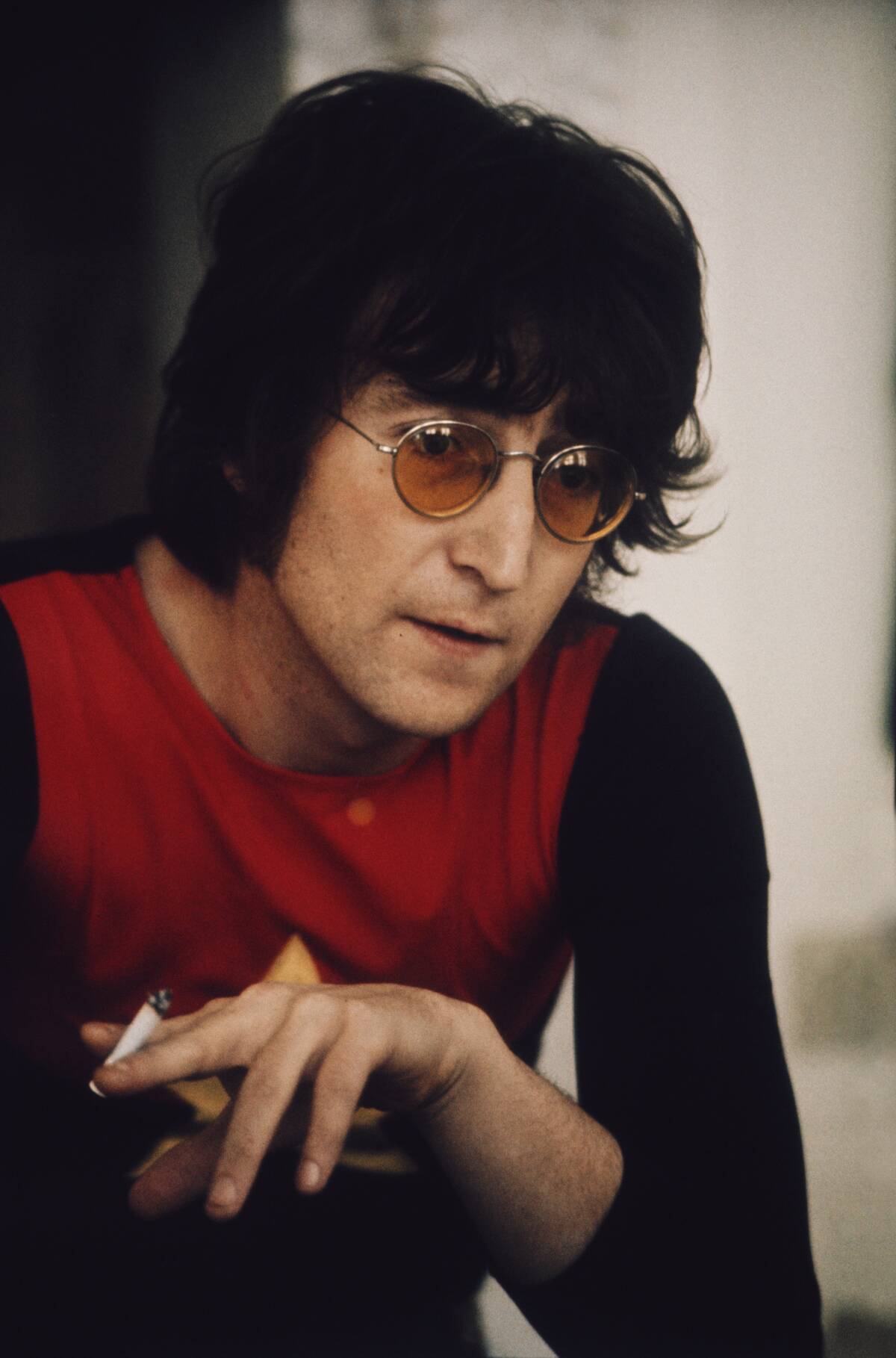
After the breakup of the Beatles, members of the Fab Four embarked on solo projects — and of these, the most enduring song may just be John Lennon’s “Imagine,” which was released in 1971.
The minimalist arrangement and utopian (albeit somewhat condescending) vision presented in the song resonated with listeners. While it peaked at number three on the Billboard Hot 100, its influence grew in time. Today, it’s seen as an anthem for peace movements and humanitarian causes worldwide.
“Hotel California” – Eagles (1976)
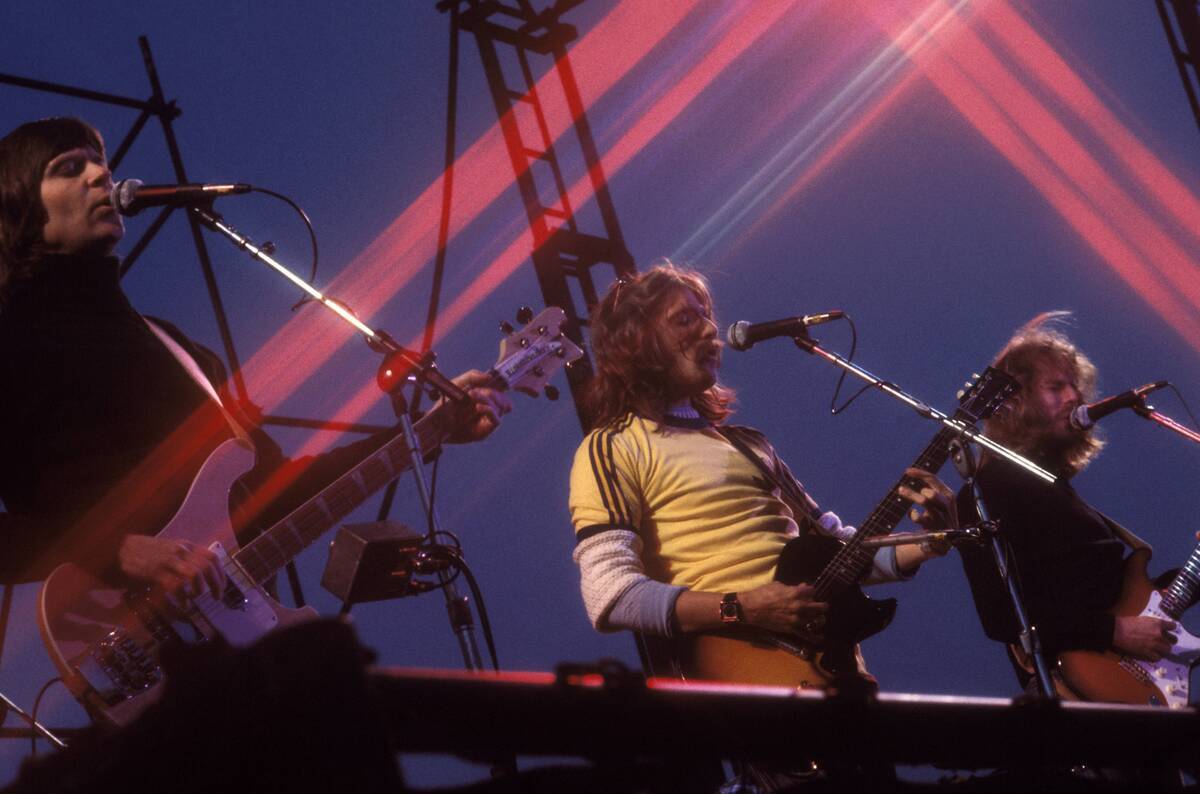
While the Eagles produced many hits during their time together, there’s little doubt that the cryptic, haunting “Hotel California” is their signature song, as well as the title of their best-selling album.
The surreal tale told in the lyrics has sparked decades of interpretations, and the dual guitar solo by Don Felder and Joe Walsh is still regarded as one of the most iconic solos in rock history. It’s remained a staple of classic rock radio for decades.
“Bridge Over Troubled Water” – Simon And Garfunkel (1970)
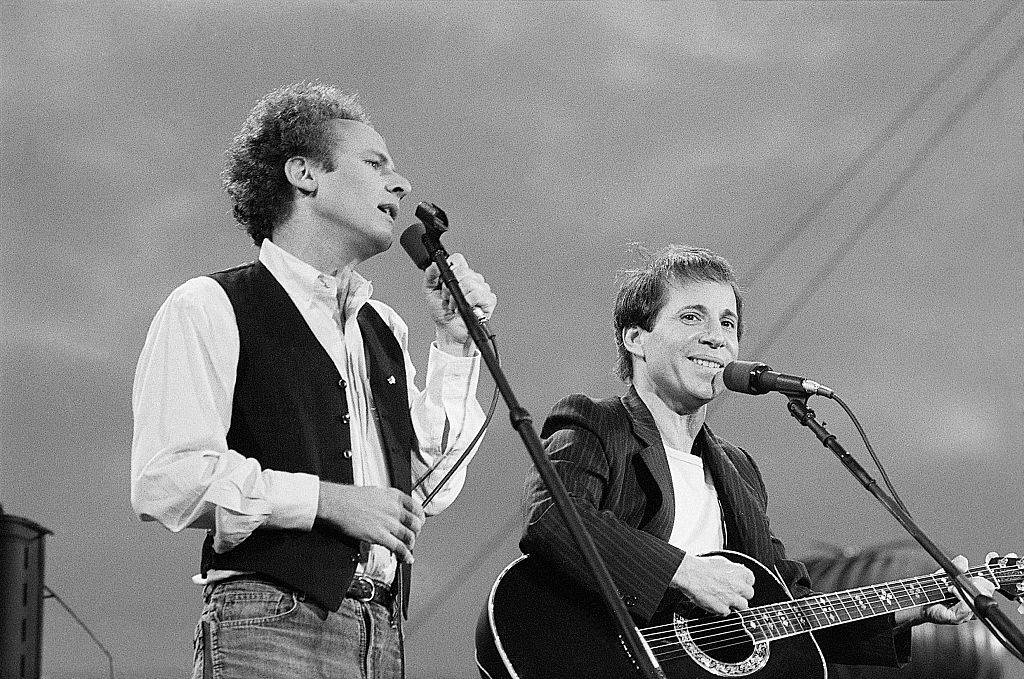
“Bridge Over Troubled Water” is a song released in 1970 and composed by Paul Simon and recorded by the musical dup Simon & Garfunkel. Released as a single after “The Boxer” for the album Bridge Over Troubled Water, it was the last song on their fifth and final album.
Considered to be the duo’s signature song, it is their biggest hit single and was No.1 on the Hot 100 and the charts in the UK, Canada, France, and New Zealand. The track went on to win five awards at the 13th Annual Grammys, including Record of the Year and Song of the Year.
“Brown Eyed Girl” – Van Morrison
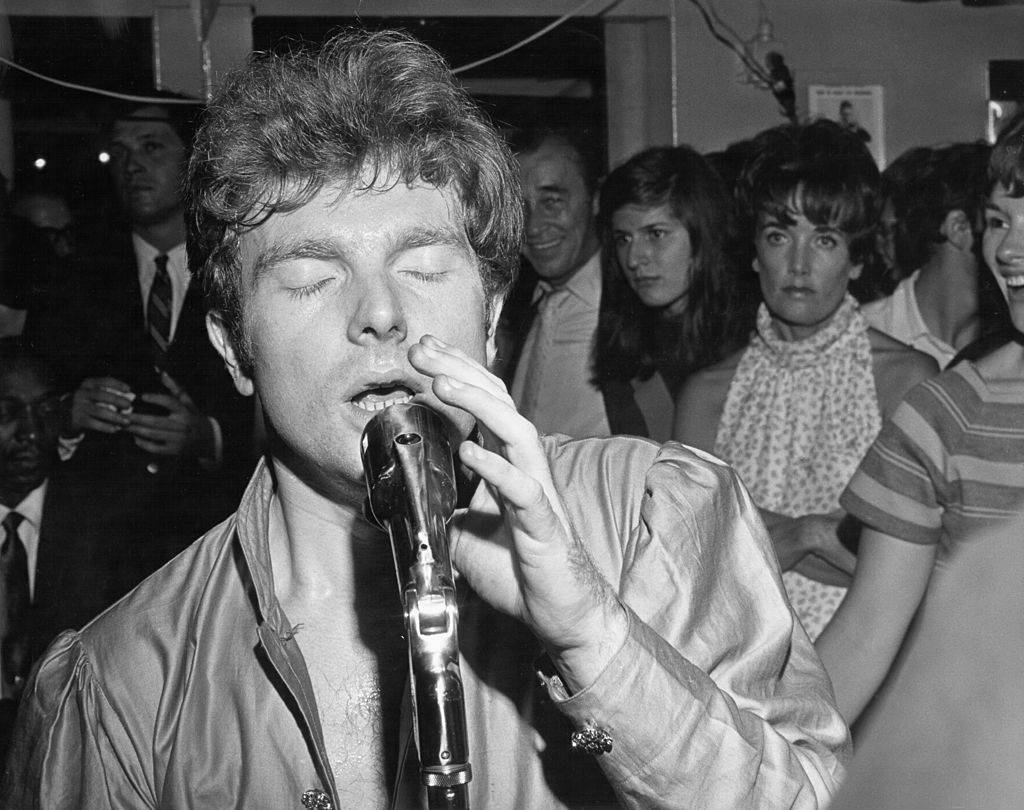
If you were cruising around during the summer of 1967, chances are it was a summer full of Van Morrison’s “Brown Eyed Girl.” Released under Bang Records in June 1967 as a single, the song reached No. 10 on the Billboard Hot 100, where it spent an impressive 16 weeks on the chart.
The song is considered Morrison’s staple tune and has been played on the radio ever since it was first released. Over the decades, the “Brown Eyed Girl” continues to be covered by hundreds of bands.
“Baby I Need Your Loving” – Four Tops
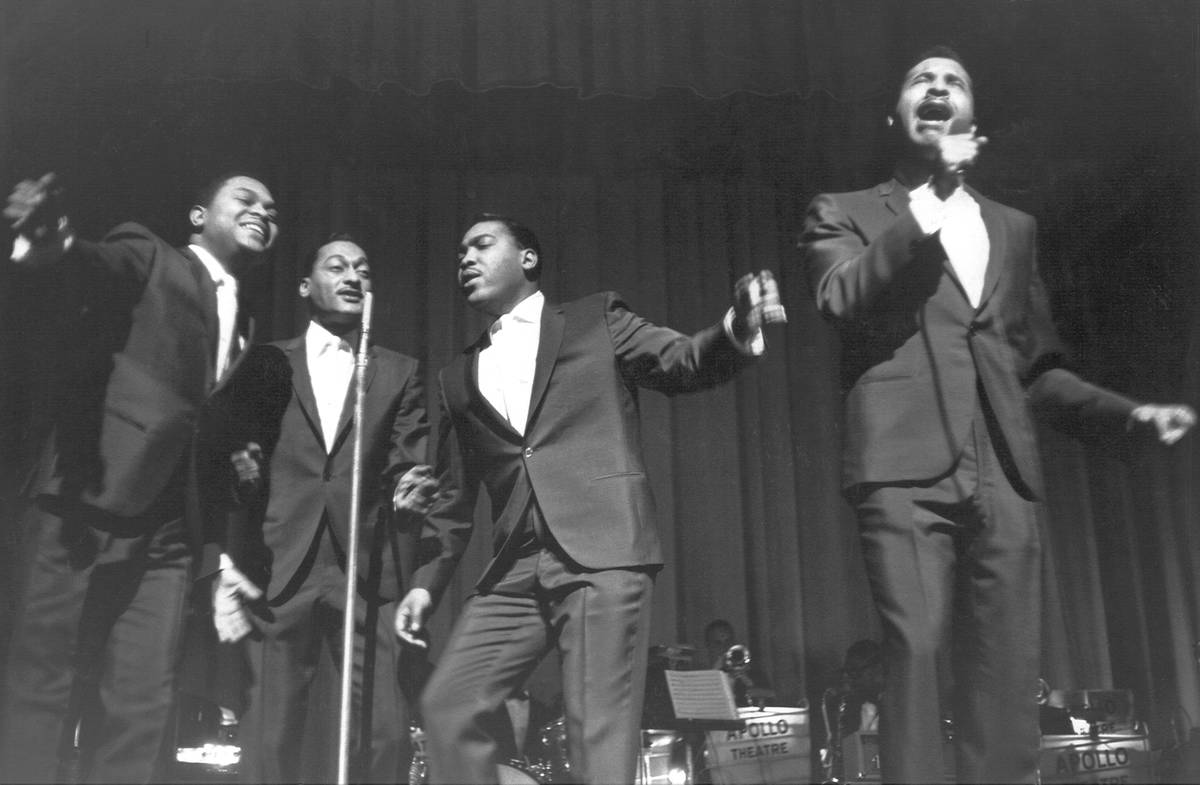
A quintessential song to any upbeat Motown playlist, “Baby I Need Your Loving,” is a 1964 hit single by the Four Tops for the Motown label. It was the group’s first Motown single, making it to No.11 on the Billboard Hot 100 and No.4 in Canada.
It was also their first million-selling track and is ranked on Rolling Stones’ list of the 500 Greatest Songs of All Time. Still frequently heard on the radio, it’s a classic for any event that involves music and dancing.
“Bohemian Rhapsody” – Queen (1975)

On the surface, “Bohemian Rhapsody” doesn’t seem like a song that was destined to become a radio staple. After all, it’s a discordant six-minute epic that features no chorus and has frequent shifts in tone and structure.
Perhaps this grab bag approach is what made it so enduring, as the song has a little bit of everything: Tender piano ballad, mock opera, head-banging hard rock, guitar solos, and intricate multi-track harmonies, all backed by the legendary voice of Queen frontman Freddie Mercury.
“Superstition” – Stevie Wonder (1972)
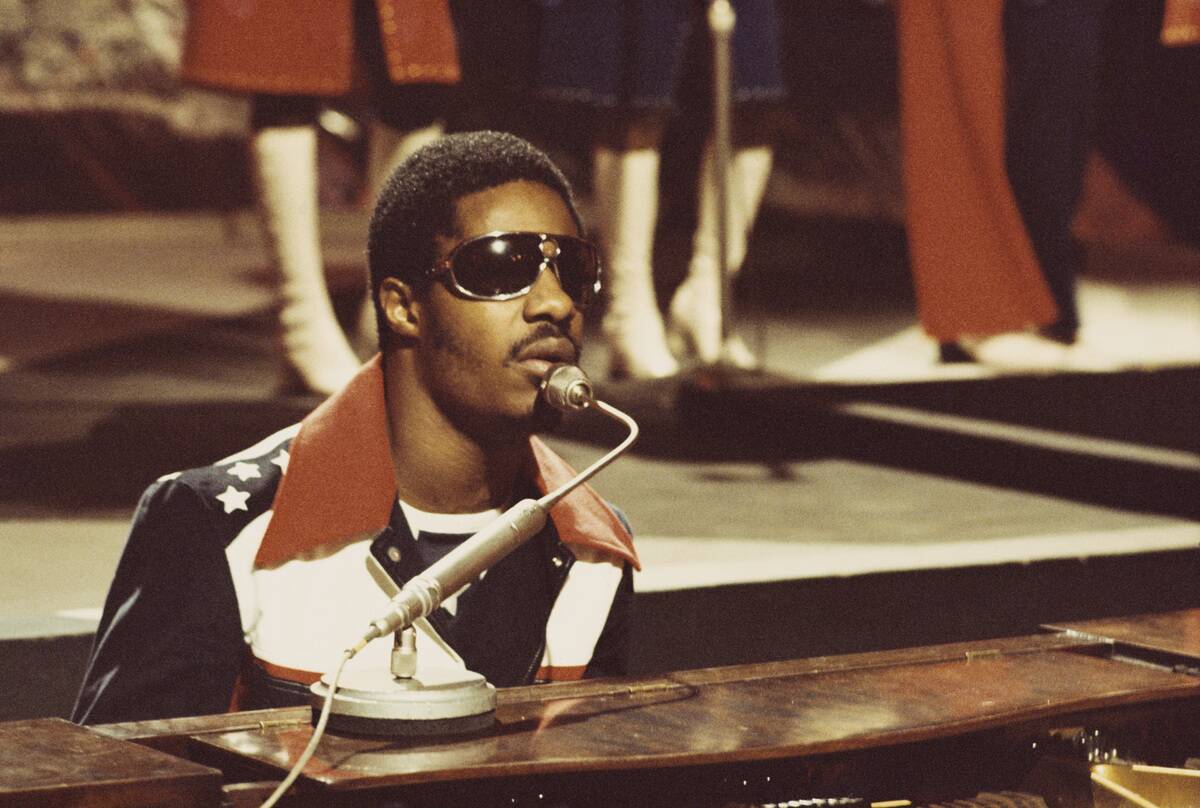
Stevie Wonder’s music helped make funk mainstream in the ’70s, and a perfect example is “Superstition,” which blends a clavinet riff, horns, and a groovy rhythm section to create a song that’s hard not to tap your feet to.
It was Wonder’s first number one hit since his early Motown days and had enduring popularity, becoming one of the most iconic tracks of the ’70s. Not only did the song help redefine the sound of R&B and funk, it also became one of the most-played radio hits of all time.
“Every Breath You Take” – The Police (1983)
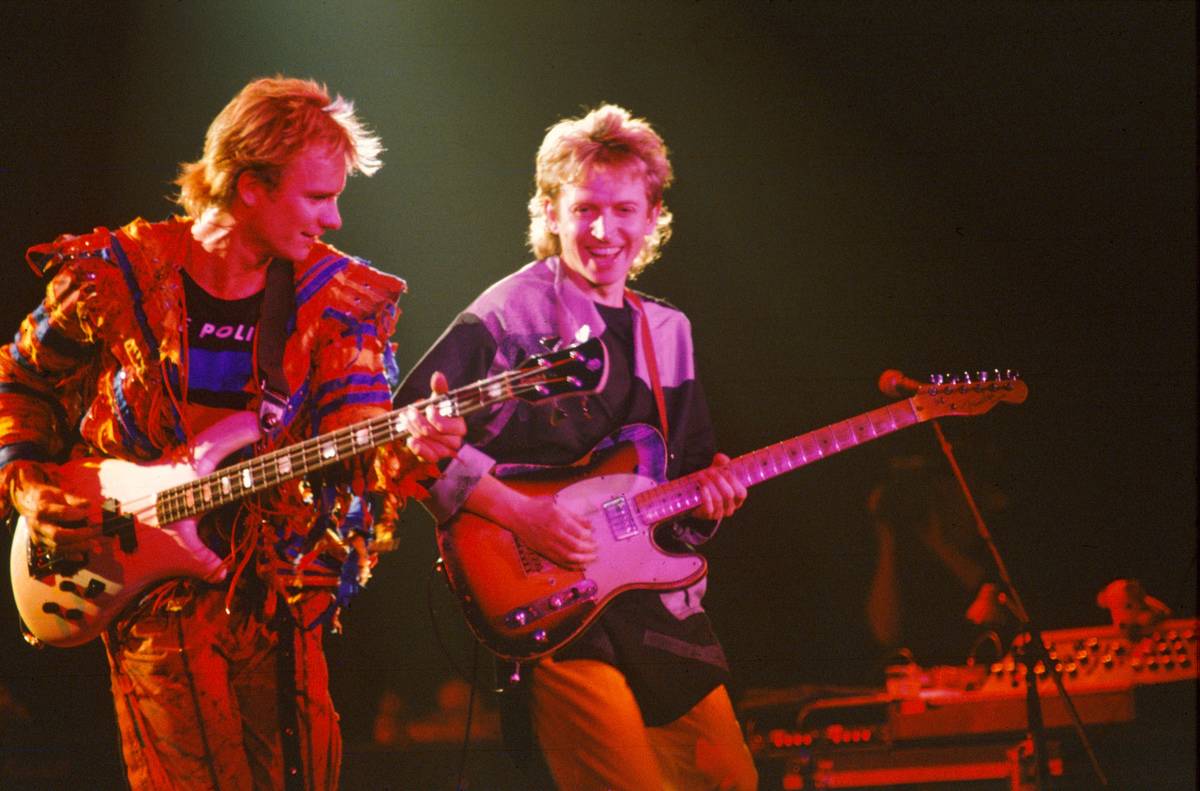
Taken from Police’s 1983 album Synchronicity, “Every Breath You Take” was the biggest song in both the United States and the United Kingdom of the year, topping the Billboard Hot 100 singles chart for eight weeks. It was the group’s only No.1 hit to ever be on the chart.
At the 26th Annual Grammy Awards, the track won Song of the Year and Best Performance by a Duo or Group with Vocals. Impressively, “Every Breath You Take” also was the best-selling single of 1983. In 2019, it was recognized by BMI as being the most played song in radio history with over 15 million plays.
“You’ve Lost That Lovin’ Feelin'” – The Righteous Brothers (1964)
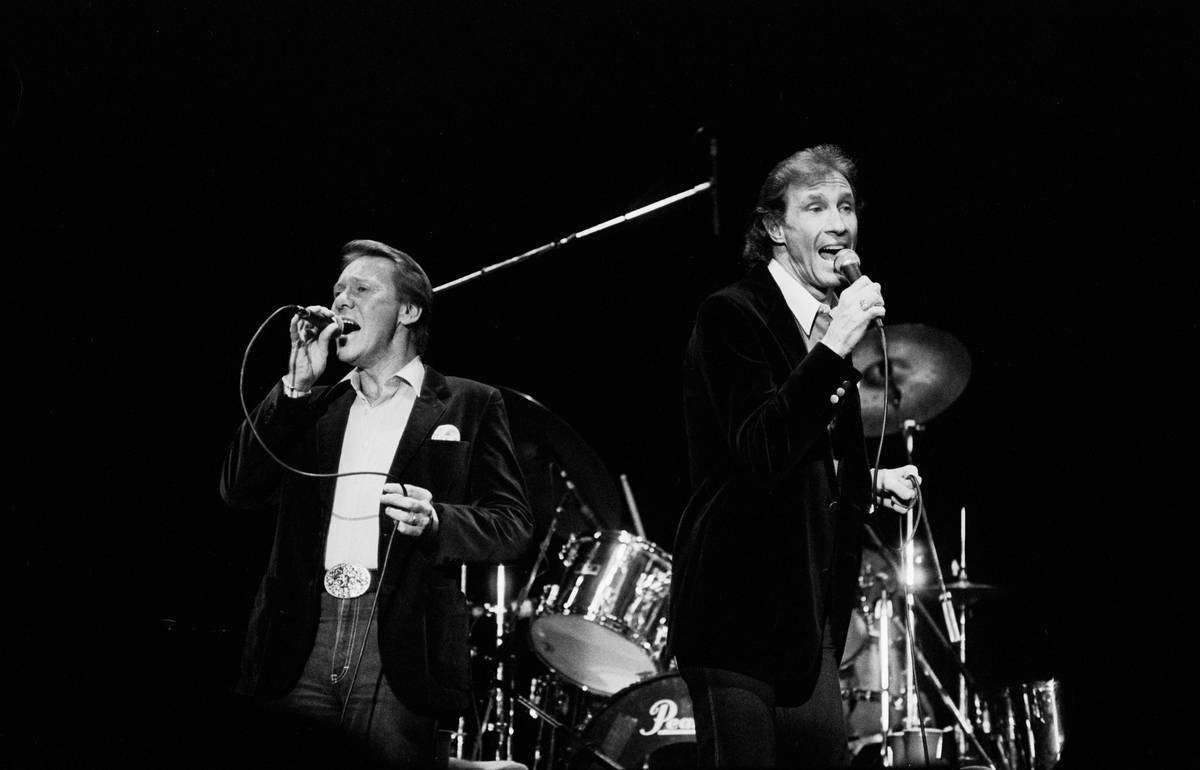
Written by Phil Spector, Barry Mann, and Cynthia Weil, “You’ve Lost That Lovin’ Feelin'” was first recorded by the vocal duo group the Righteous Brothers. Upon its release, the song was an immediate hit, becoming a No.1 hit single in the US and the UK in February 1965.
It was the fifth best-selling song of the year in the United States and entered the Top 10 in the UK an unheard-of three different times. Described as “one of the best records ever made,” it also held the title of the most-played radio song ever until 2019 with more than 15 million plays.
“What a Wonderful World” – Louis Armstrong (1967)
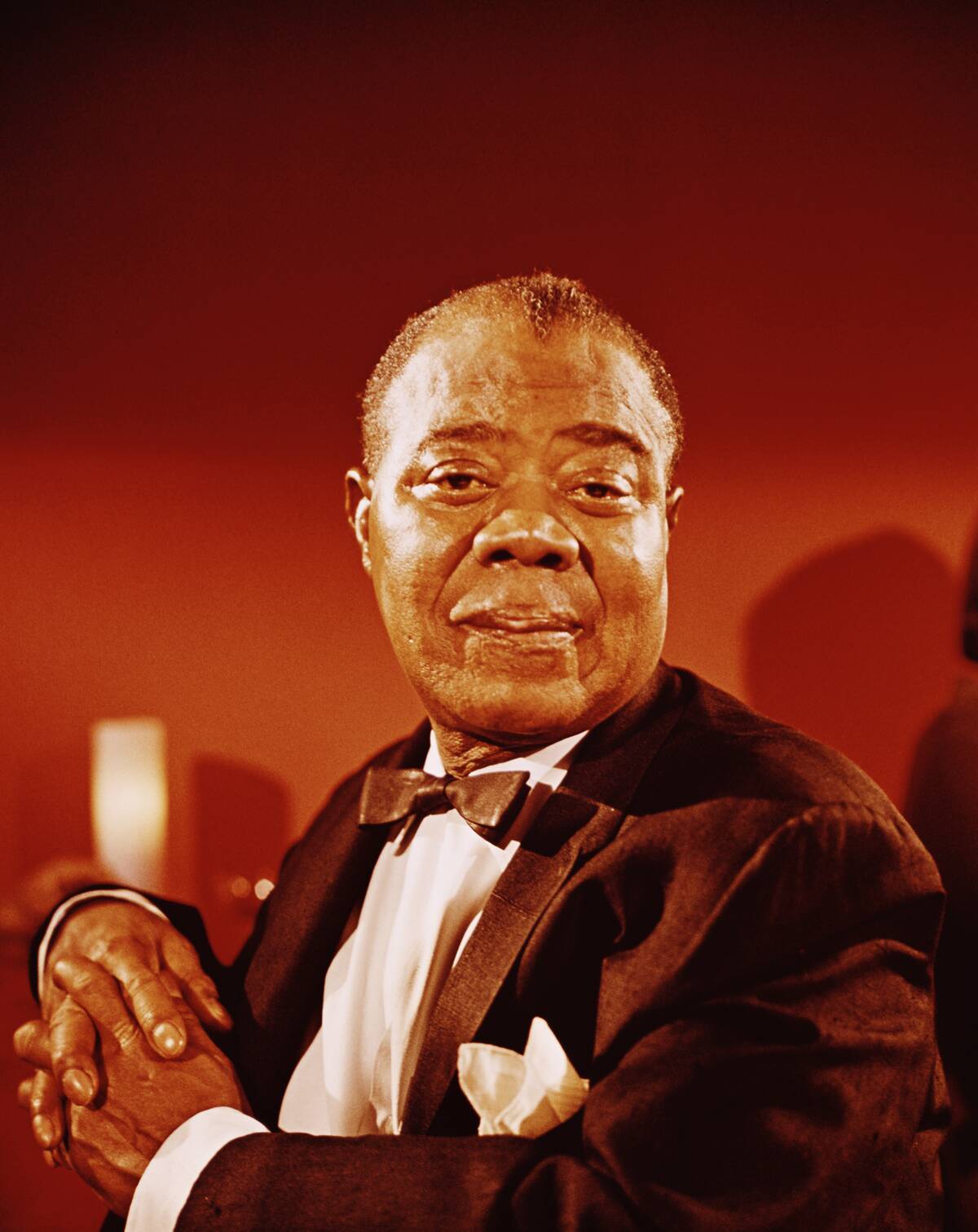
“What a Wonderful World” doesn’t sound much like the other hits of 1967, and perhaps this contributed to its nostalgic appeal during a tumultuous time in American history.
Originally written by Bob Thiele and George David Weiss, the song brought Louis Armstrong back to the forefront of the music world. It was initially a bigger hit in the U.K. than in the U.S., but its use in various films slowly helped it to gain traction, years after its initial release.
“Yesterday” – The Beatles (1965)
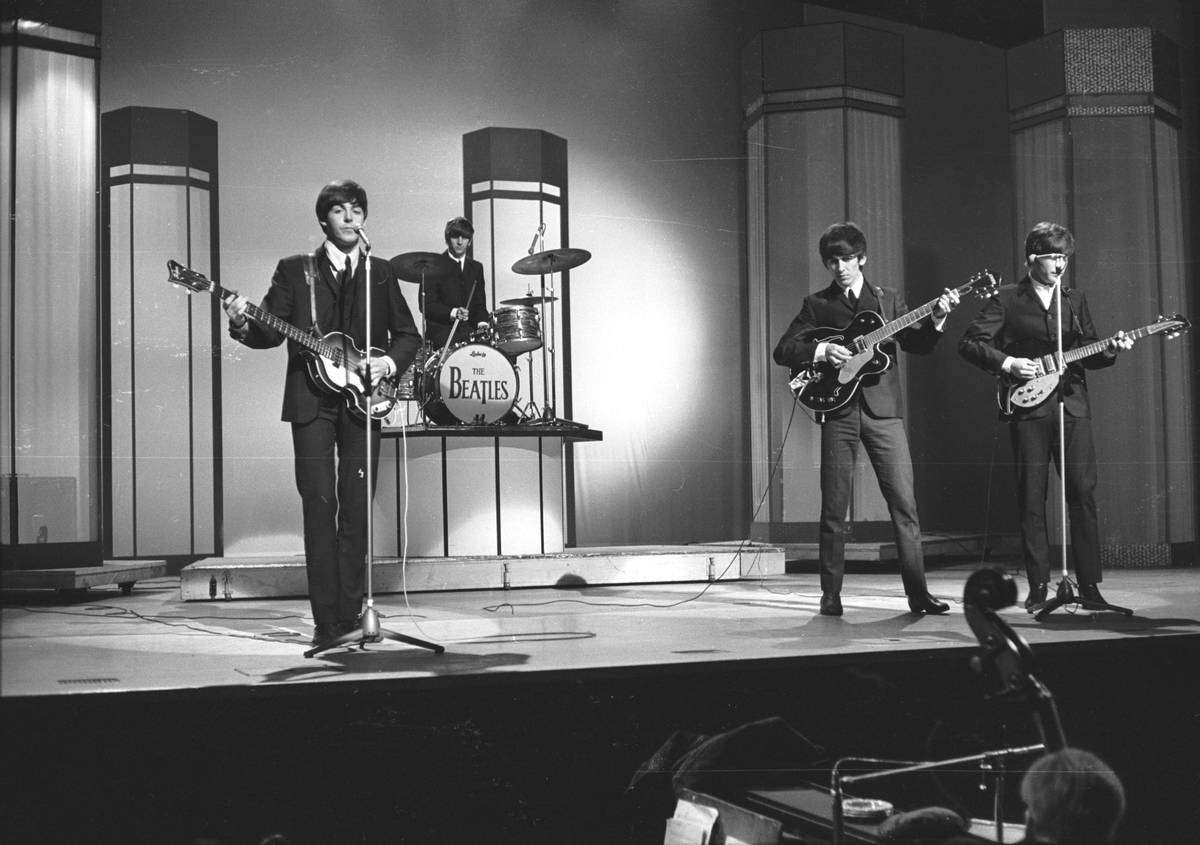
“Yesterday” is a famous song by the rock band the Beatles first released on the album Help! in August 1965. Released in the US in September, it reached No.1 on the US charts.
Today, the song has more than 2,200 cover versions and was voted the best song of the century in a 1999 BBC Radio 2 poll of music experts. It was also voted the No.1 pop song of all time by MTV and Rolling Stone the following year. BMI asserts the song was performed more than 7 million times in the 20th century.
“Act Naturally” – Buck Owens (1963)
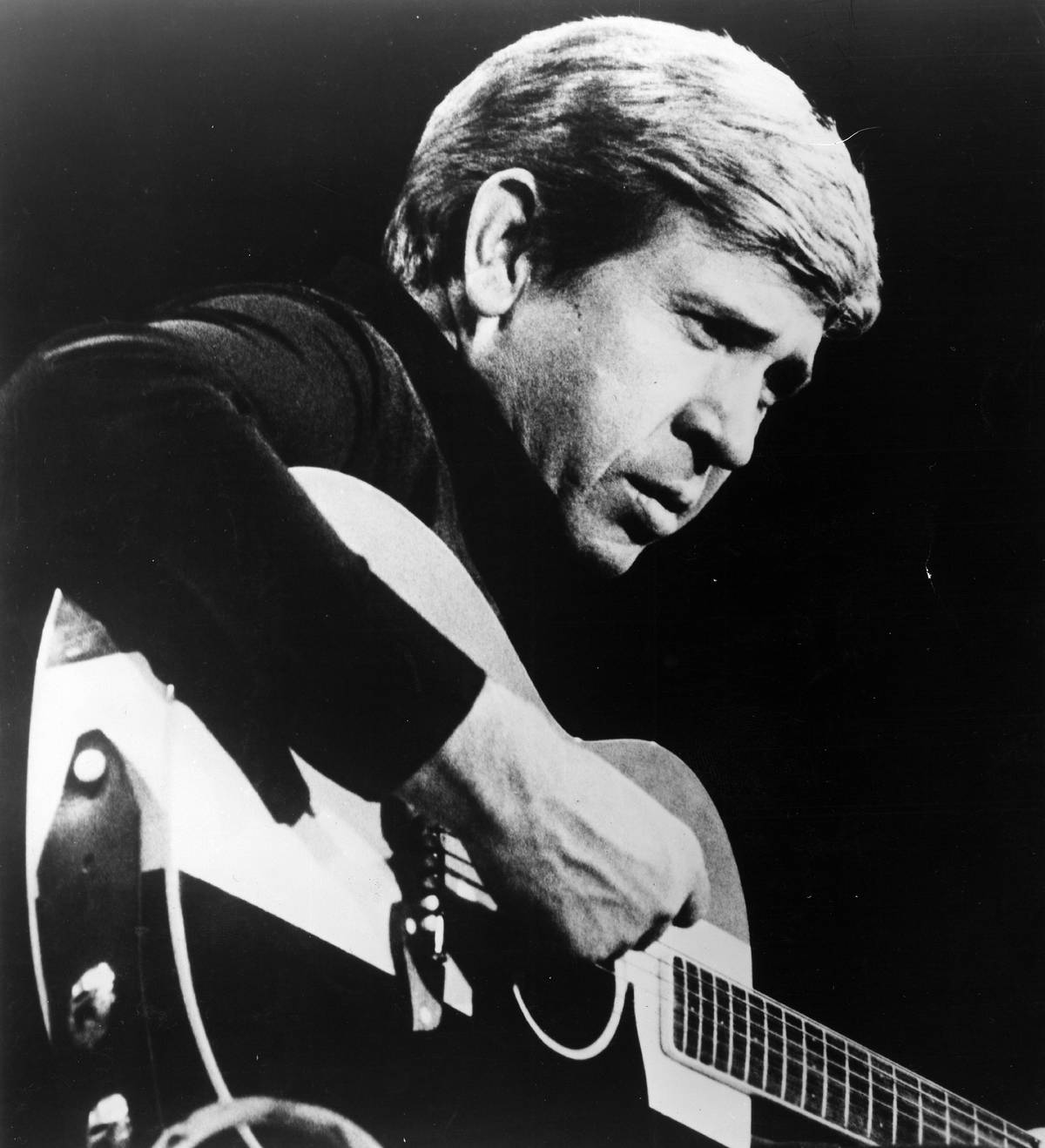
Initially written by Johnny Russell, the track “Act Naturally” was recorded by Buck Owens and the Buckaroos. Their version managed to reach the No.1 on the Billboard Country Singles Chart in 1963, which tuned out to be his first chart-topper.
The song has been covered countless times, including the Beatles, and has been ranked as one of the Top 500 Country Music Songs. In total, the record spent 28 weeks on the country charts and has remained a consistent play ever since.
“American Pie” – Don McLean (1971)
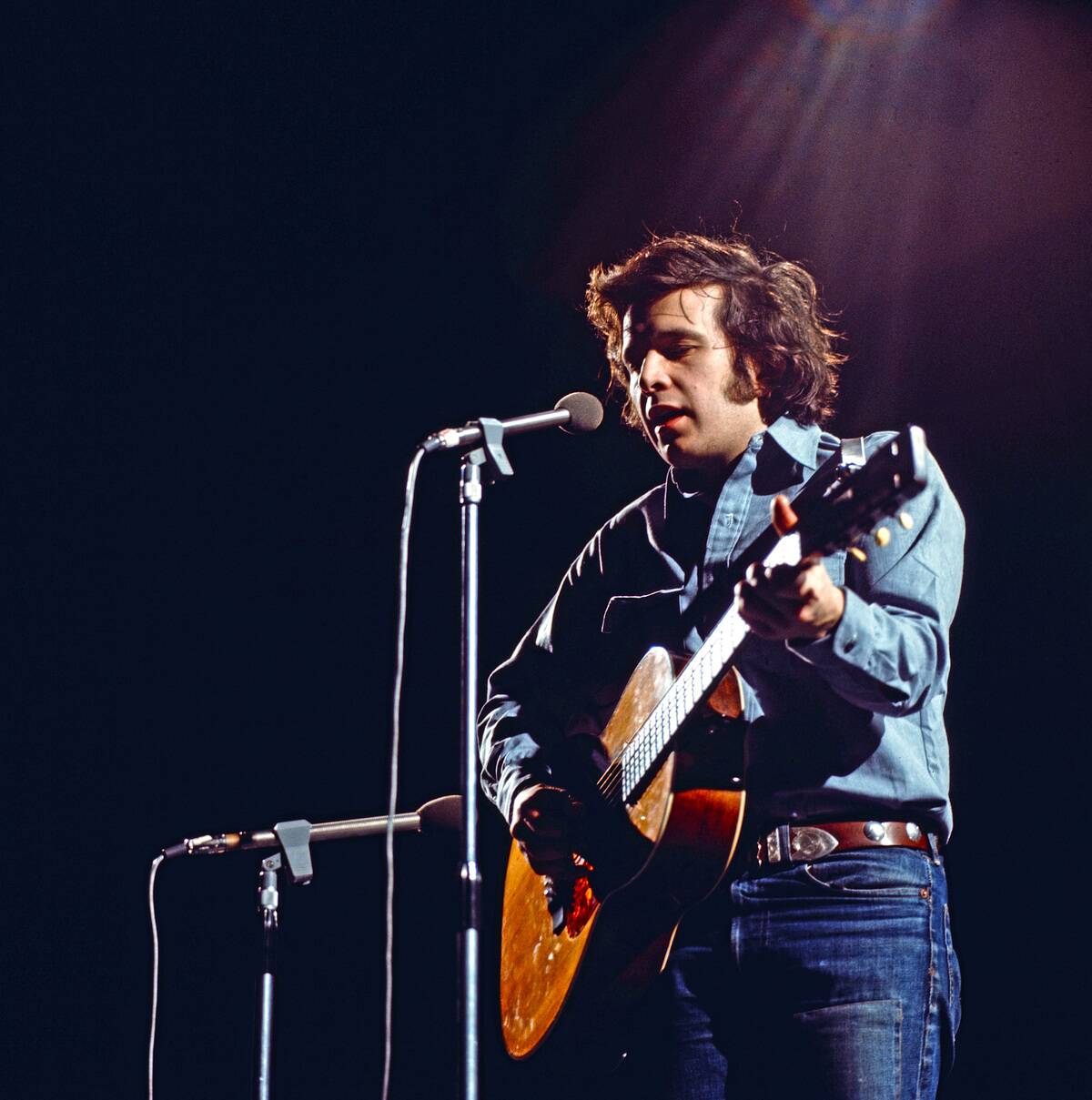
A sprawling and poetic reflection on the cultural upheaval of the ’50s and ’60s, Don McLean’s “American Pie” centers itself around “the day the music died,” which refers to the 1959 plane crash that claimed the lives of Buddy Holly, Ritchie Valens and the Big Bopper.
The song, which clocks in at over eight minutes in length, goes off with increasingly cryptic lyrics which have been analyzed, interpreted, and re-interpreted for decades. The anthemic quality of the “So, bye-bye, Miss American Pie” chorus has led the song to be regarded as a classic.
“Your Song” – Elton John (1970)
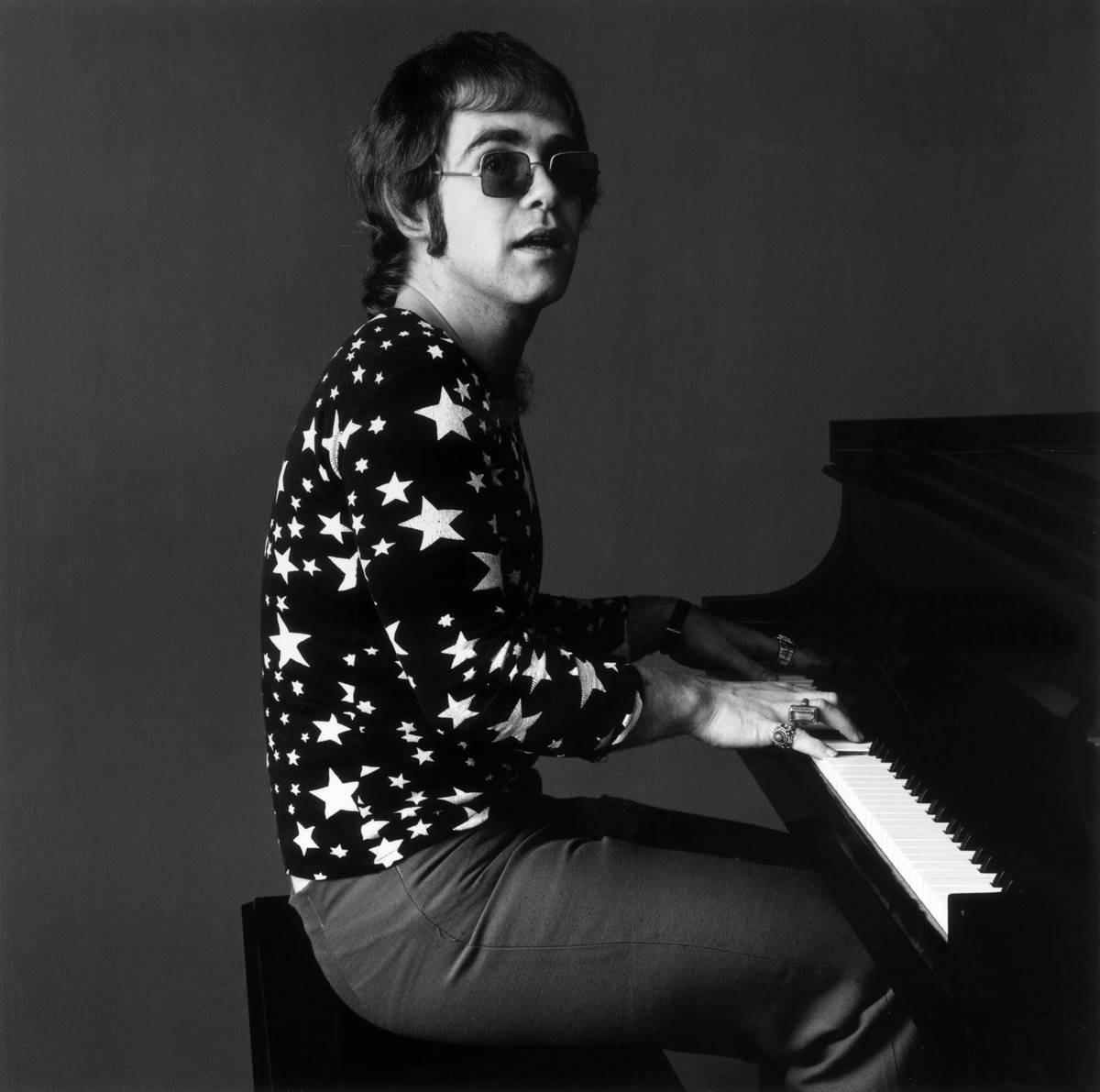
“Your Song” is a track by English musician Elton John from his self-titled album of the name in 1970. The song comes from the self-titled album of the same name, although it was released as a second single as the B-side to “Take Me to the Pilot.”
Nevertheless, the track was preferred by disc jockeys, and the song made it to the No.8 spot on the Billboard chart. The song was then inducted into the Grammy Hall of Fame in 1998 and has since been covered by countless artists since.
“(I Can’t Get No) Satisfaction” – The Rolling Stones (1965)
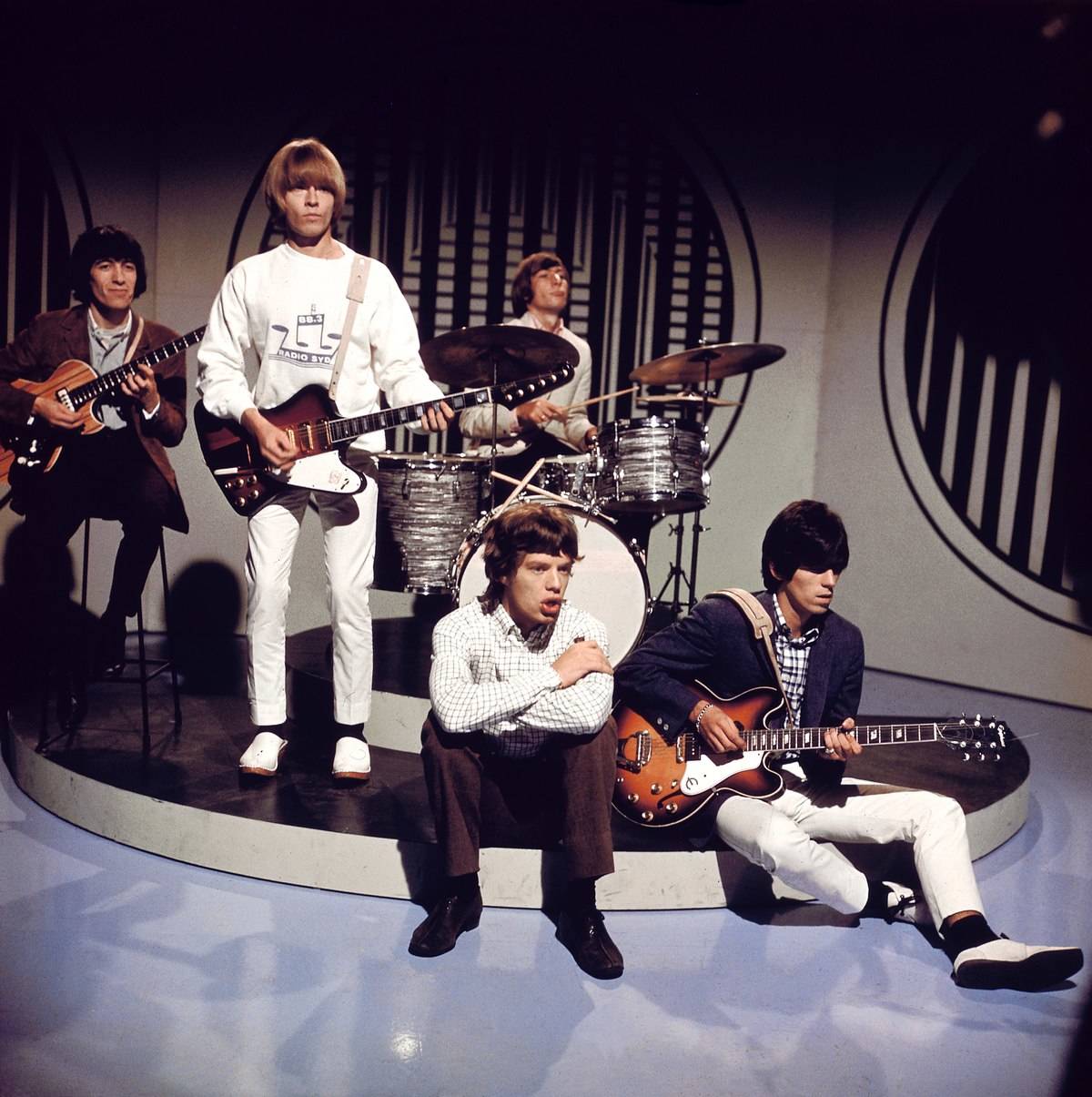
Written and recorded by the Rolling Stones, “(I Can’t Get No) Satisfaction” is a song that was first released as a single in the United States in 1965. It was also a part of the United States version of their fourth studio album Out of Our Heads.
The song was initially played on pirate radio stations because the lyrics were considered to be “too suggestive,” although it became Rolling Stone’s No.1 song in the United Kingdom. The tune is regarded as one of the greatest of all time and was added to the National Recording Recording Registry of the Library of Congress in 2006.
“Ain’t No Mountain High Enough” – Marvin Gaye & Tammi Terrell (1967)
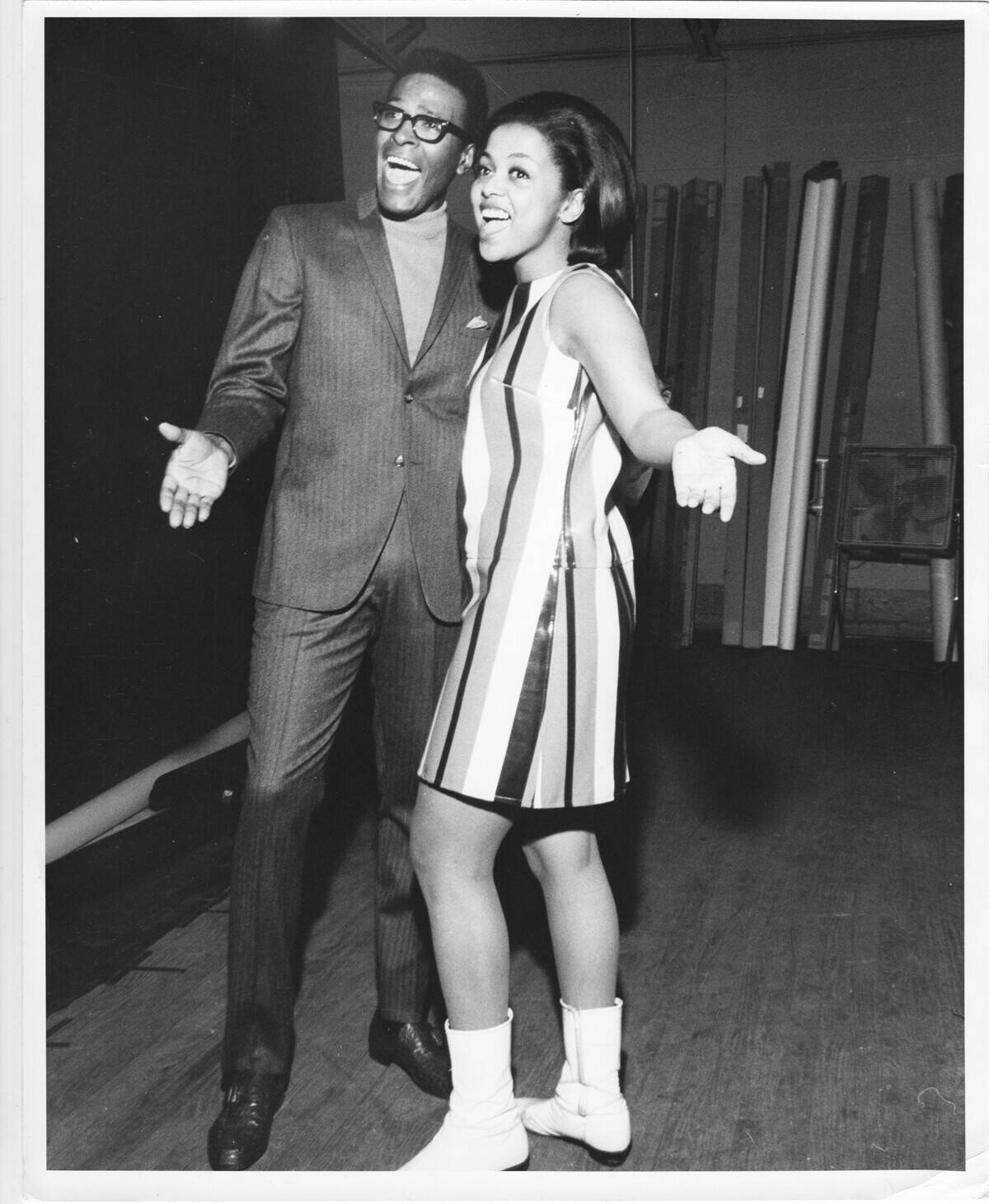
The joyful, soaring energy of “Ain’t No Mountain High Enough” made Marvin Gaye and Tammi Terrell’s duet a Motown classic almost immediately on its release. While it only peaked at number 19 on the Billboard Hot 100, it’s received steady radio play for decades.
The track, which was written by Nickolas Ashford and Valerie Simpson, was later reimagined by Diana Ross, and the Ross version became a number one hit. Still, history shows us that the Gaye/Terrell version has had more enduring staying power.
“Stand By Me” – Ben E. King (1961)
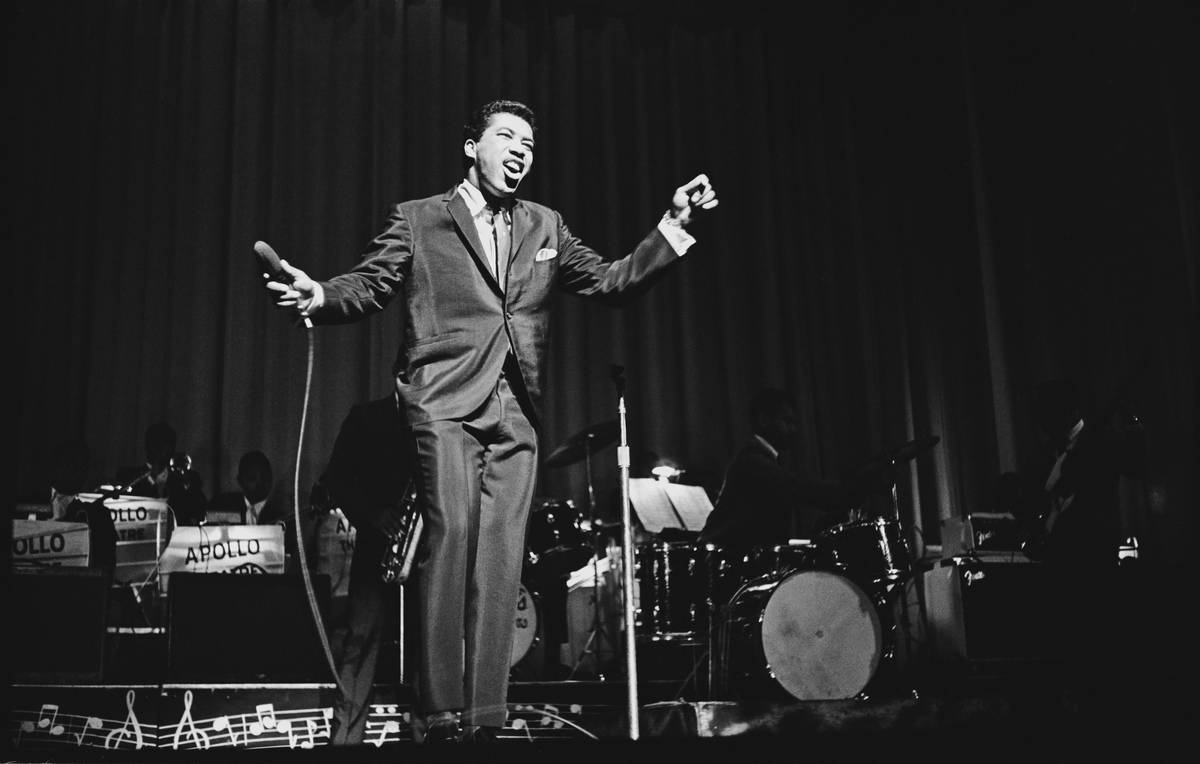
“Stand by Me” is a song recorded by Ben E. King, Jerry Leiber, and Mike Stoller. King has claimed that the title is derived from and inspired by a spiritual written by Sam Cooke and J.W. Alexander called “Stay By Me Father.” There are now 400 versions of the track have been recorded since its initial release in 1961.
In 2015, King’s first version was inducted into the National Recording Registry by the Library of Congress, with the chord progression now being referred to as the “Stand by Me” changes.
“When A Man Loves A Woman” – Percy Sledge (1966)
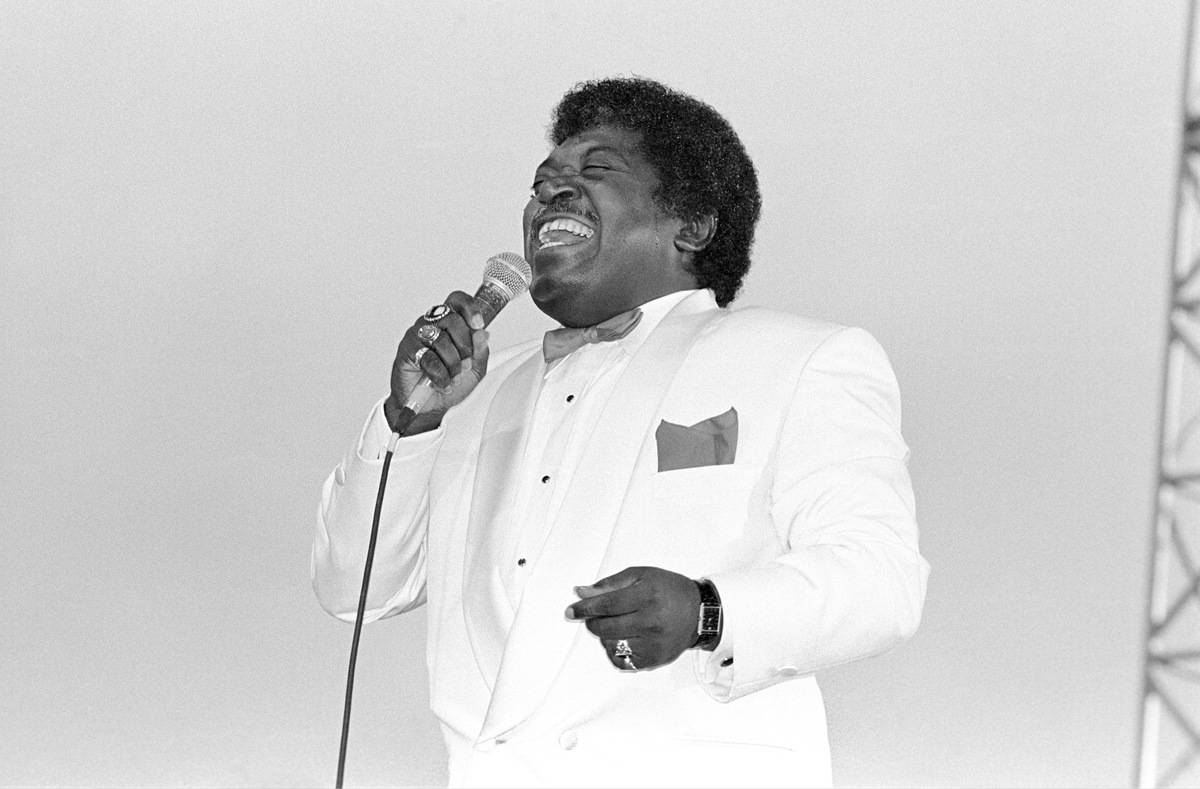
First written by Calvin Lewis and Andrew Wright and recorded by Percy Sledge in 1966, “When a Man Loves a Woman” managed to hit the No.1 spot on both the Billboard Hot 100 and R&B Singles charts.
The tune became a top ten hit in the United Kingdom, reaching No. 2 on the UK Singles Chart as late as 1987 after it was featured in a Levi’s commercial. The song is also rated No.53 in Rolling Stone’s 500 Greatest Songs of All Times and, in 1987, was reissued to promote the soundtrack for Oliver Stone’s film, Platoon.
“Let It Be” – The Beatles (1970)

One of the final songs released by The Beatles, “Let It Be” could be seen as the band’s swan song. Inspired by a dream Paul McCartney had about his late mother, Mary, the song combines spiritual reassurance with a calming, almost lullaby-ish melody.
It’s a masterpiece of the late-era Beatles, combining gospel, rock, and classical elements, all punctuated by Billy Preston’s organ and George Harrison’s subdued, understated guitar solo.
“I Heard It Through The Grape Vine” – Marvin Gate (1967)
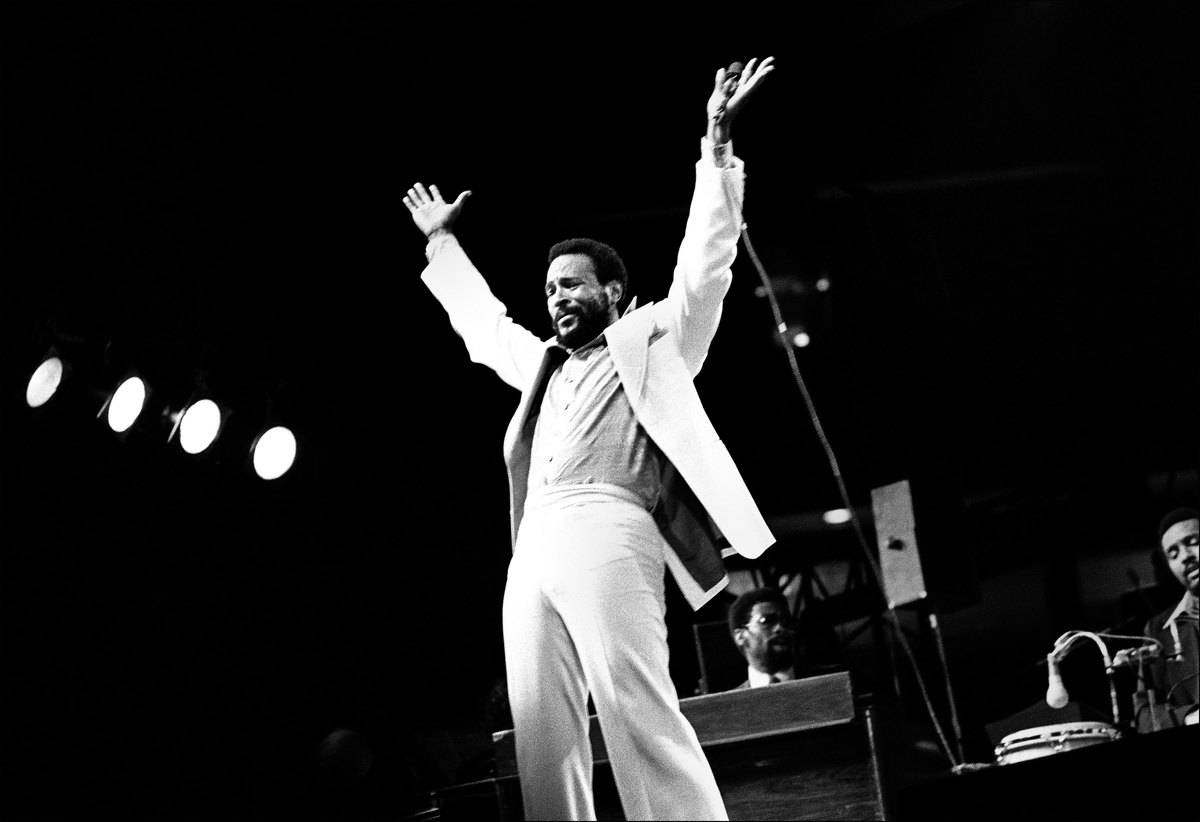
“I Heard It Through The Grapevine” is a hit track written by Norman Whitfield and Barrett Strong for Motown Records in 1966. The track was recorded in just five sessions by Marvin Gaye and Whitfield, although there were some complications.
The sessions resulted in an argument regarding the key that Gaye would sing the track on. In 2004, the song was ranked as No.80 on Rolling Stone’s list of The 500 Greatest Songs of All Time.
“Strangers In The Night” – Frank Sinatra (1966)
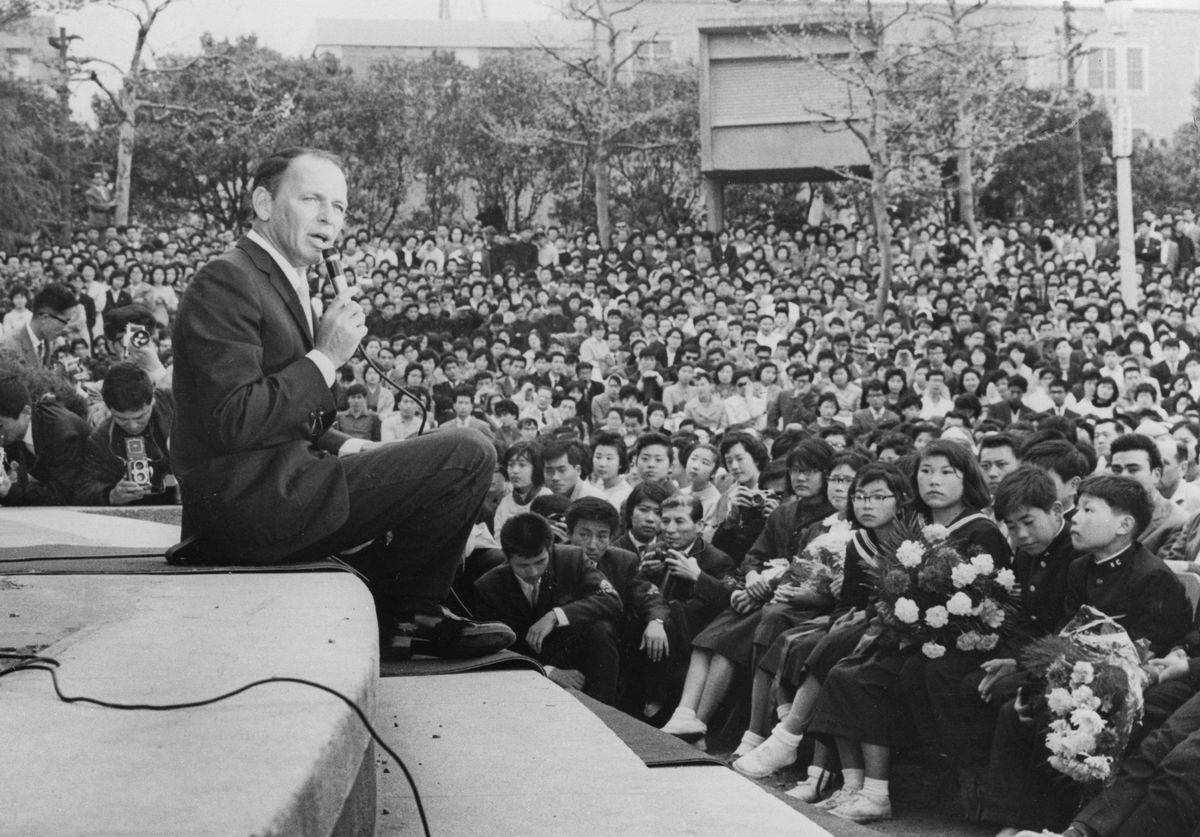
Initially, “Strangers in the Night” was used under the title of “Beddy Bye” and was featured instrumentally in the film A Man Could Get Killed. In the end, the song was made famous in 1966 by Frank Sinatra.
The song went on to reach No.1 on both the Billboard Hot 100 chart and the Easy Listening Chart. The title song for his album Strangers in the Night, it went on to become his most commercially successful.
“(Sittin’ On) The Dock Of The Bay” – Otis Redding (1968)
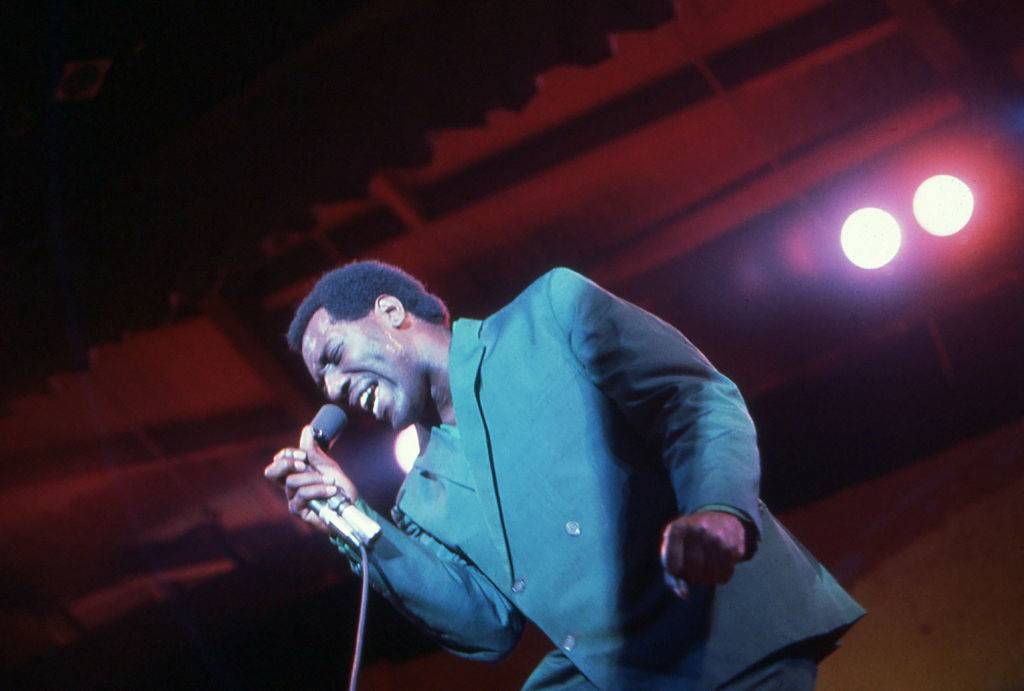
“(Sittin’ On) The Dock of the Bay” is a hit tune written by soul singer Otis Redding and guitarist Steve Cropper. It was recorded by Redding on two occasions in 1967, with one of them being before his unexpected death in a plane crash.
Released on Stax Records’ Volt label the following year, it became the first posthumous single to top the charts in the United States, reaching No.3 on the UK Singles Chart.
“All I Have To Do Is Dream” – The Everly Brothers (1958)
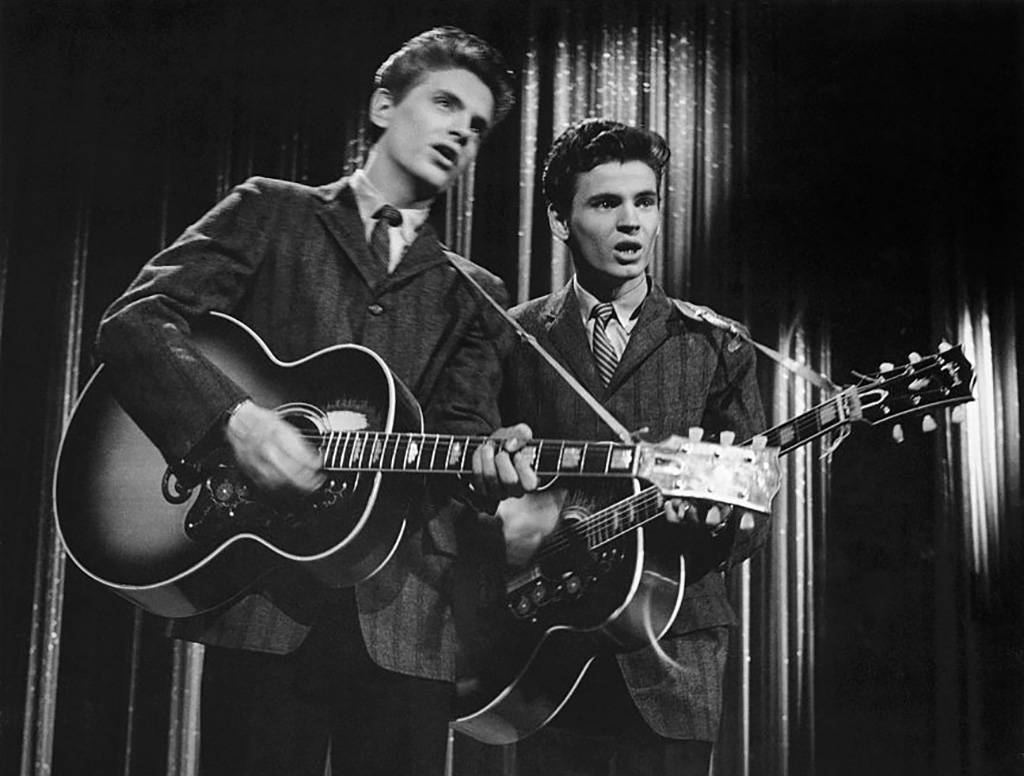
Written by Boudleaux Bryant, one-half of the songwriting team Felice and Boudleaux Bryant, “All I Have to Do Is Dream” is a song made popular by the Everly Brothers off of their 1958 album of the same name.
In 1958, it was the only single to ever be on all Billboard singles charts at the same time and first reached No.1 on the “Most Played by Jockeys” and “Top 100” charts on May 19, 1958.
“Sweet Caroline” – Neil Diamond (1969)
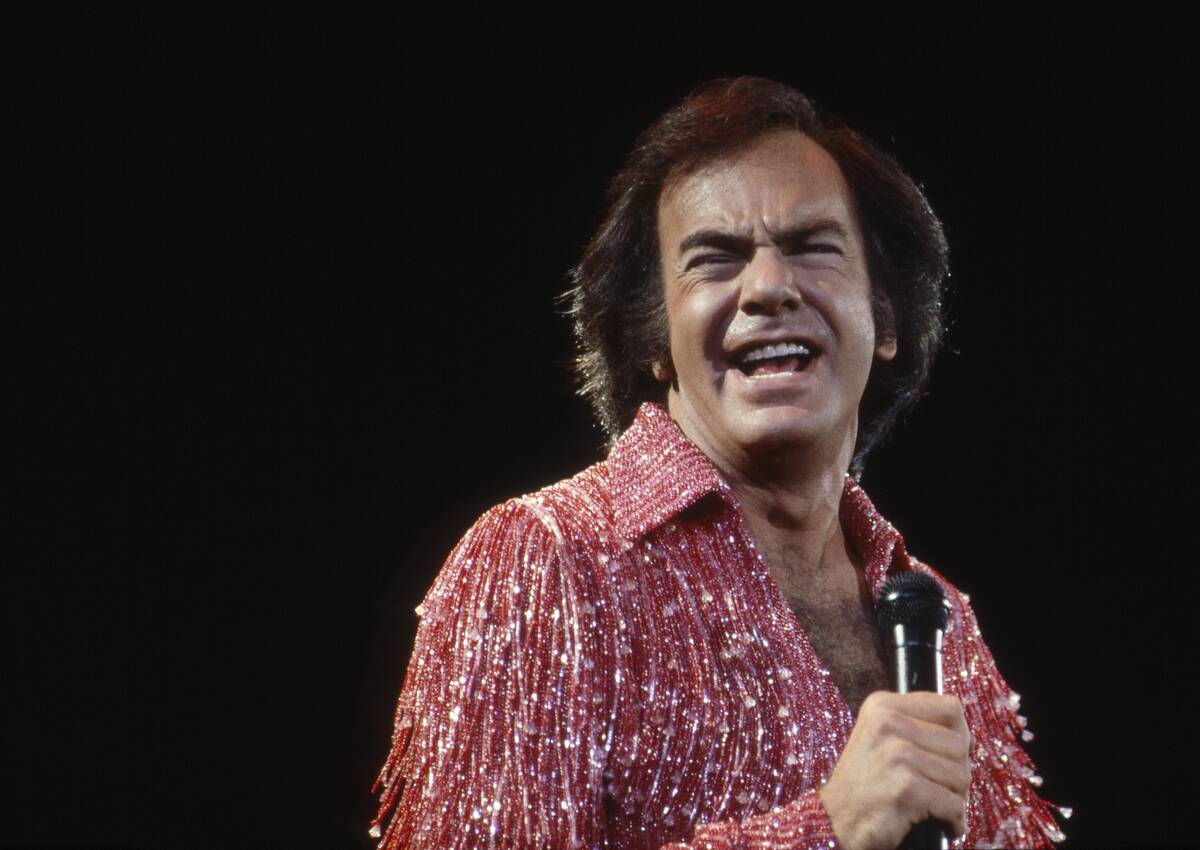
Neil Diamond’s “Sweet Caroline” was a top 5 hit when it was released in 1969, and its cheerful horns, swelling chorus, and Diamond’s impassioned delivery made it an immediate radio staple.
However, it wasn’t until decades later that it became ubiquitous — not just on the radio, but at sporting events. The Boston Red Sox began playing it at their games in the early 2000s, which made it a sing-along classic, with fans singing the iconic “ba-ba-ba” horn section and “So good! So good! So good!” chants.
“Up, Up, And Away” – The Fifth Dimension (1967)
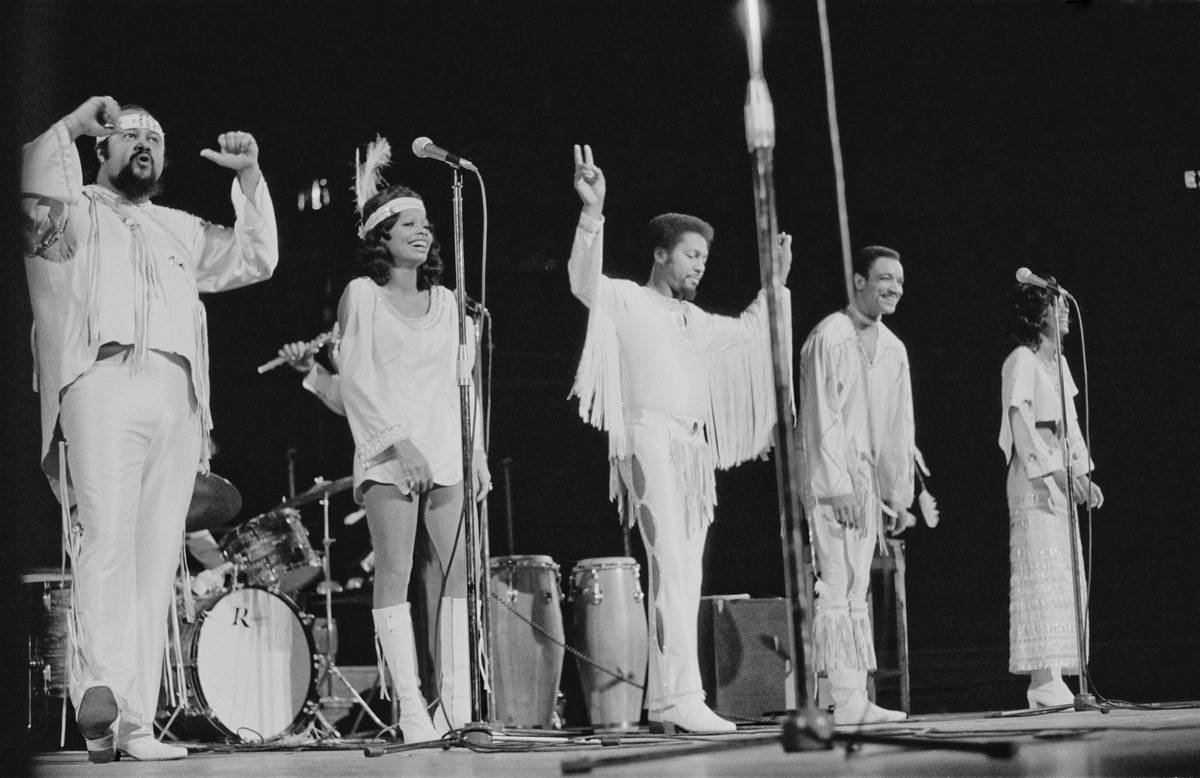
Released in 1967, “Up, Up, and Away” is a song written by Jimmy Webb and recorded by the 5th Dimension. After its release, the song reached No.7 on the U.S. Pop Singles Chart and No.9 on Billboard’s Easy Listening chart.
Going on to top the charts in Canada and Australia, it was ranked No.43 on BMI’s “Top 100 Songs of the Century.” At the 10th Annual Grammy Awards, the song took him home Record of the Year, Song of the Year, Best Pop Performance, among numerous other awards.
“I Will Always Love You” – Whitney Houston (1992)

The song “I Will Always Love You” is a song originally written and recorded by Dolly Parton in 1973. However, Whitney Houston recorded her version in 1992 for the film The Bodyguard.
The single spent a record-breaking 14 weeks at No.1 on the Billboard Hot 100 and is easily one of the best-selling singles of all time. It is the best-selling single by a woman in music history. It is also the second single to ever reach the top three on the Billboard Hot 100 in separate chart runs.
“Go Your Own Way” – Fleetwood Mac (1977)
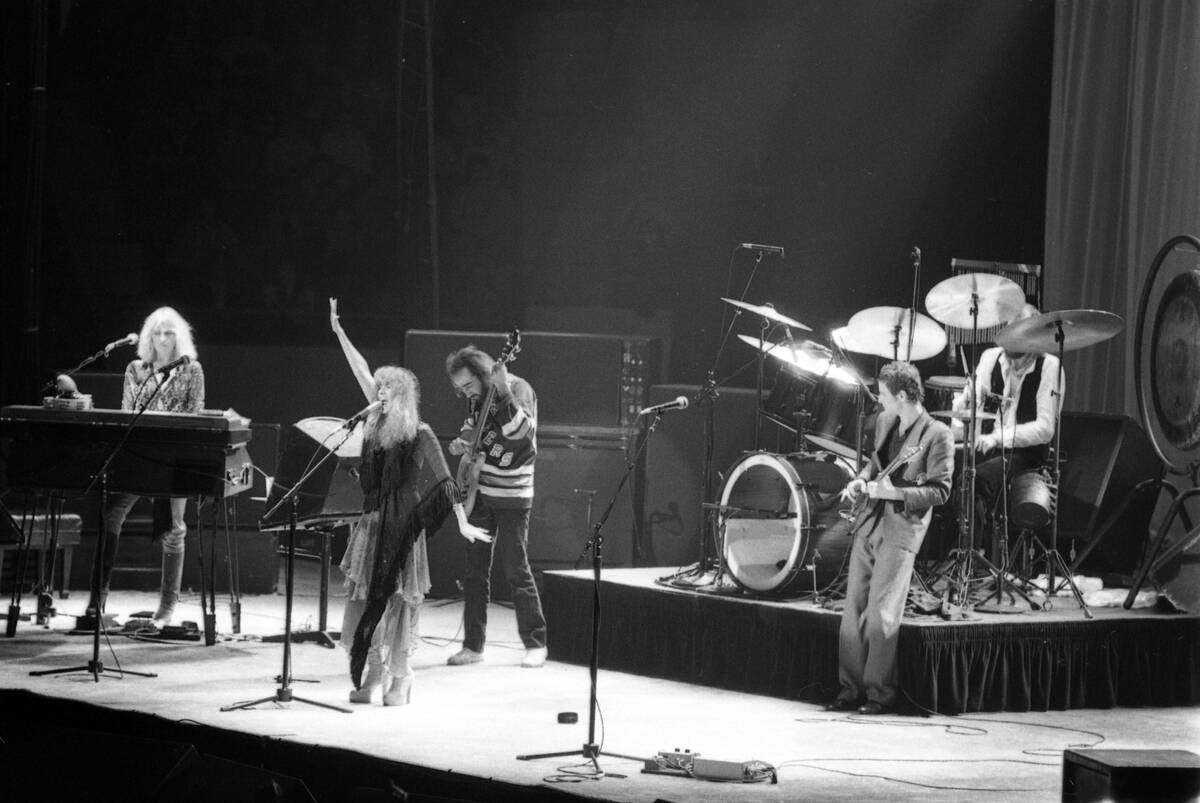
The lead single from Fleetwood Mac’s Rumours — regarded as one of the best rock albums of all time — was “Go Your Own Way,” a song written by Lindsey Buckingham that takes an optimistic view of his breakup with bandmate Stevie Nicks.
It’s a fantastic example of a band using inner turmoil to create great music, and it became Fleetwood Mac’s first U.S. top-ten hit. Thanks to its infectious melody, tight harmonies, and cathartic message, the song is a staple of classic rock and adult contemporary radio stations.
“Oh, Pretty Woman” – Roy Orbison (1964)
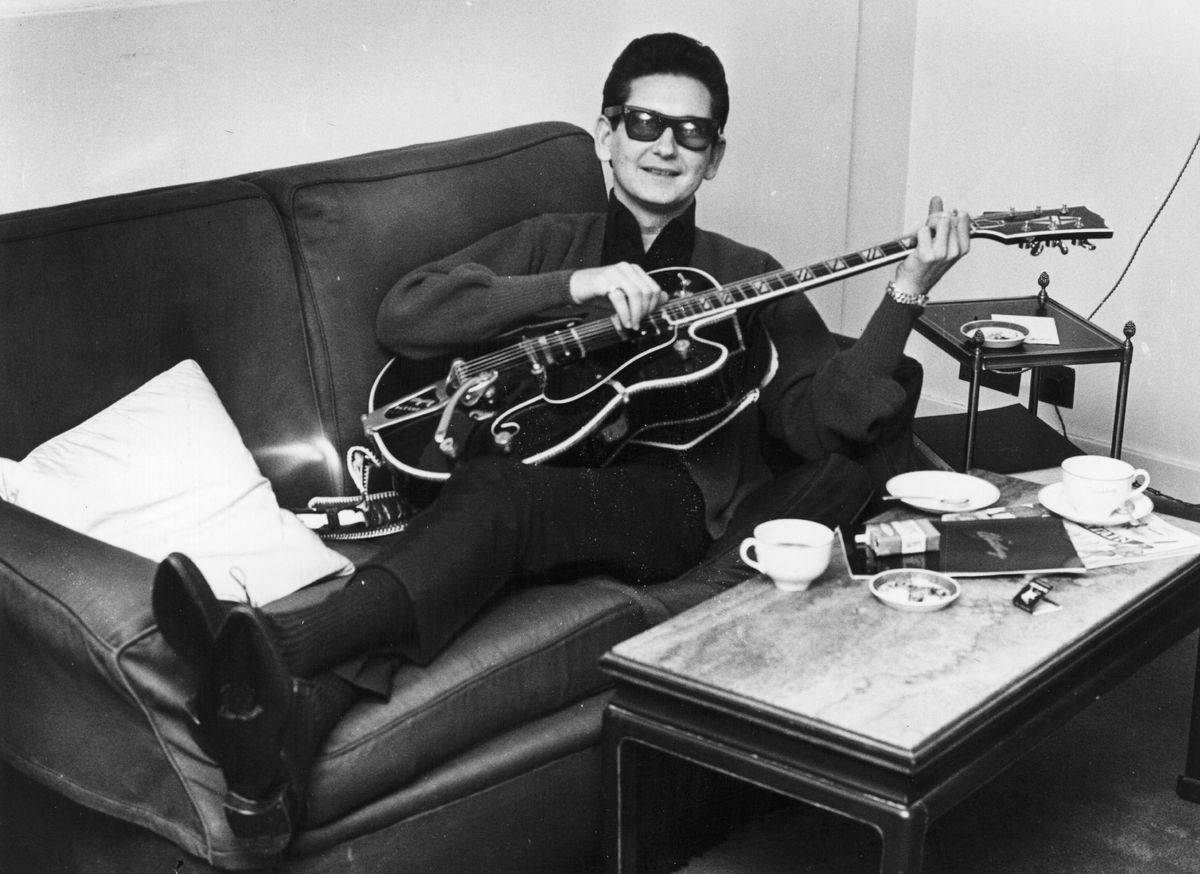
“Oh, Pretty Woman” is a song recorded by Roy Orbison and written by Orbison and Bill Dees. Released in August 1964, the song spent three weeks at No.1 on the Billboard Hot 100, making it Orbison’s second single to top the US charts. It continued on to sell more than seven million copies and was certified gold by the RIAA.
In 2004, Rolling Stone ranked it the No.224 on their list of the 500 Greatest Songs of All Time. Furthermore, the record was selected for preservation by the Library of Congress in 2008.
“Wind Beneath My Wings” – Bette Midler (1984)
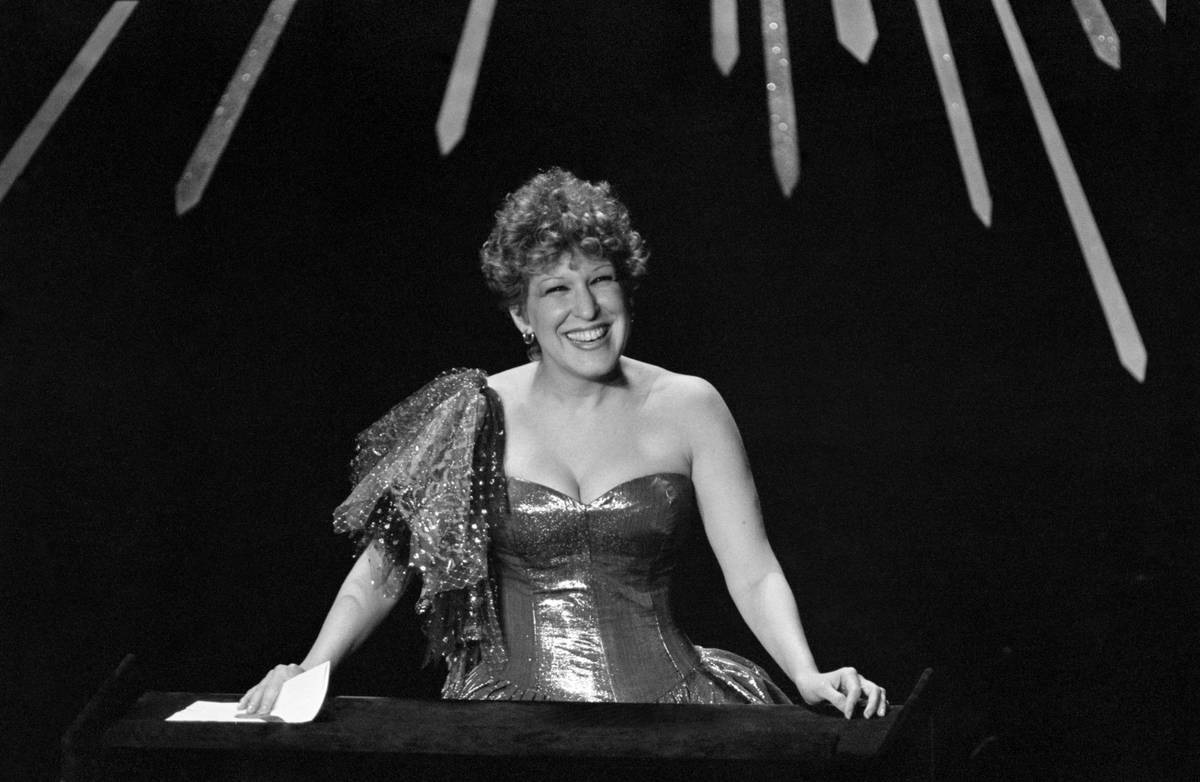
“Wind Beneath My Wings” is a 1982 song written by Jeff Silbar and Larry Henly, first recorded by Kamahl. However, the highest-charting version was recorded in 1988 by singer and actress Bette Midler for the soundtrack to the film Beaches.
Her version spent one week at the No.1 spot on the Billboard Hot 100 Singles chart and won Grammy Awards for Record of the Year and Song of the year. Interestingly, in a 2002 poll, “Wind Beneath My Wings” was the most-played song at British funerals.



